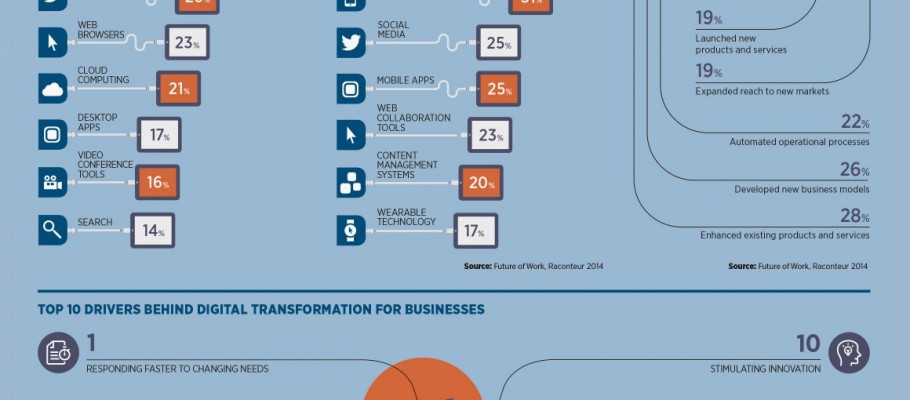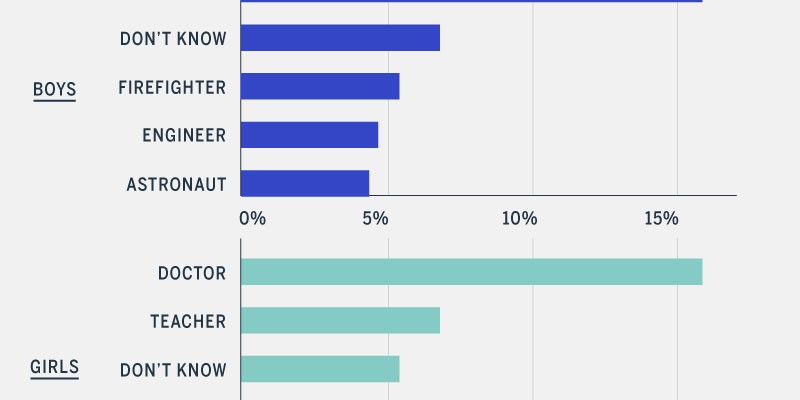As long as you have a brilliant idea and determination, nothing can stop you from reaching your goals, in life and business. Just look at these successful entrepreneurs: one of them finished reading an entire library by the age of 8, the other learned English by offering tour guide services to foreign visitors, and the last one doesn’t know how to code, even though he owns one of the most popular apps today. Guessed who I’m talking about?

Author: Maurizio Pesce, image licensed under the Creative Commons Attribution 2.0 Generic license. https://commons.wikimedia.org/wiki/File:Elon_Musk,_Tesla_Factory,_Fremont_(CA,_USA)_(8765031426).jpg#filelinks






